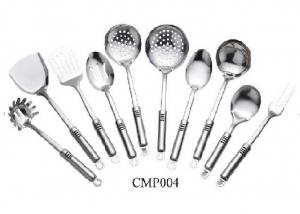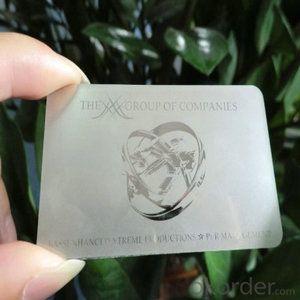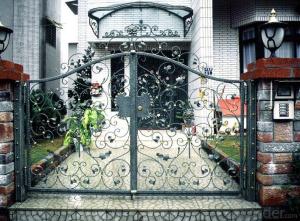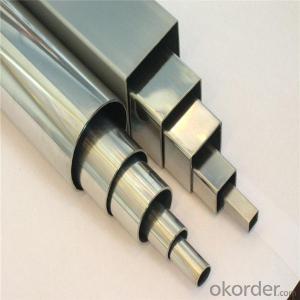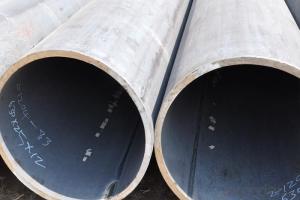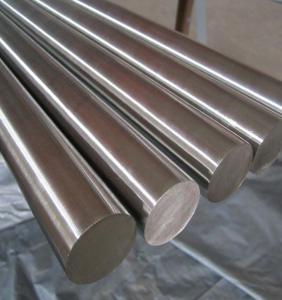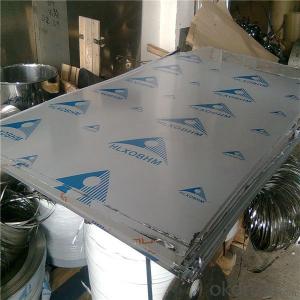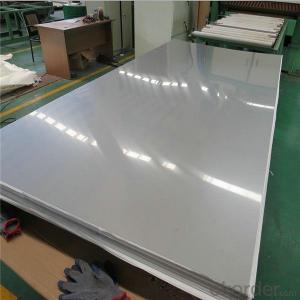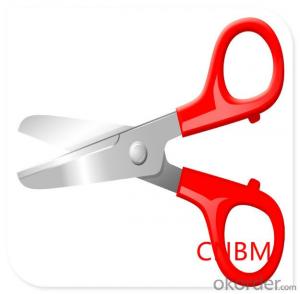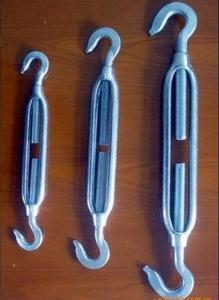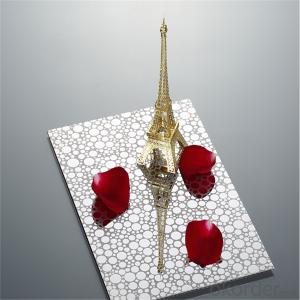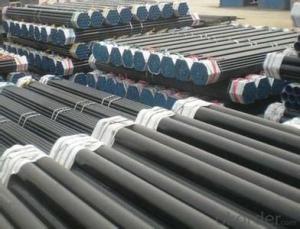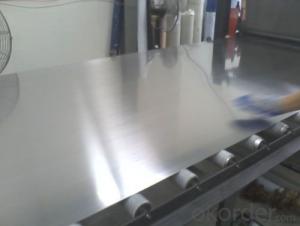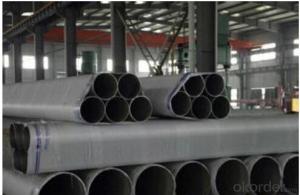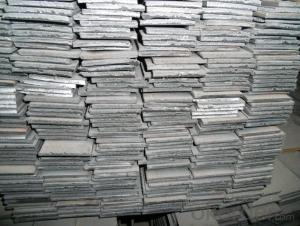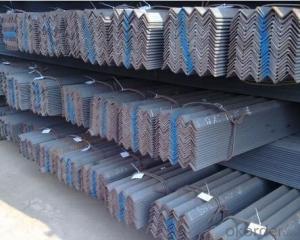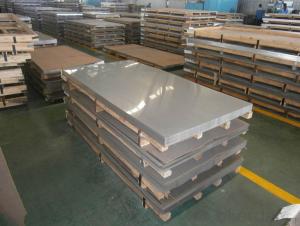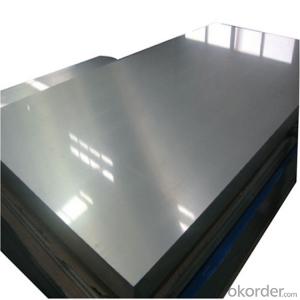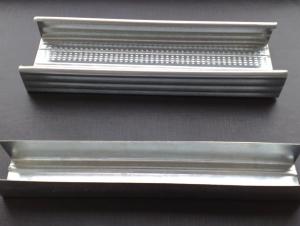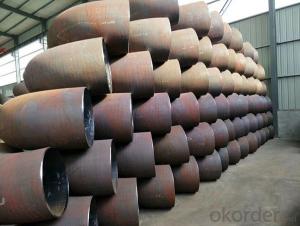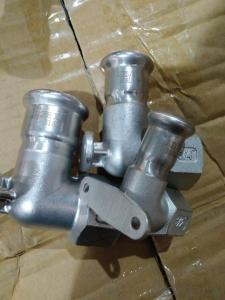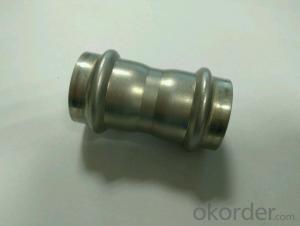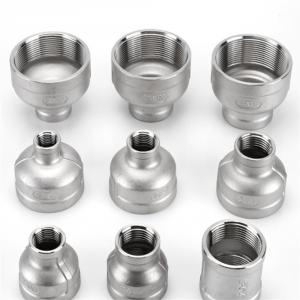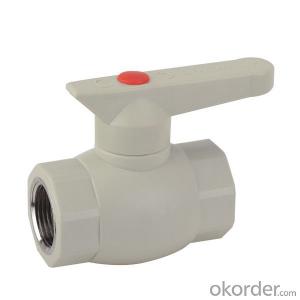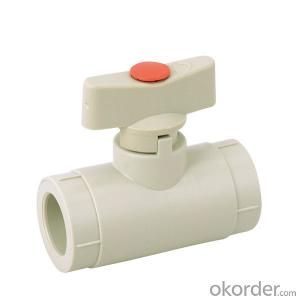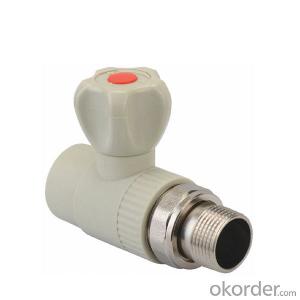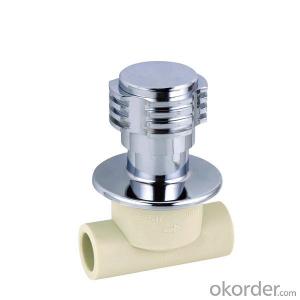Materials Stainless Steel
Materials Stainless Steel Related Searches
Material Stainless Steel Metals Stainless Steel Stainless Steel Materials Stainless Steel Material Stainless Steel Metals Metal Stainless Steel Stainless Steel Stainless Canisters Stainless Steel Type Stainless Steel Stainless Steel Elements Shelves Stainless Steel Stainless Steel Plates Blender Stainless Steel Shelving Stainless Steel Stainless Steel Hardware Color Stainless Steel Kitchen Shelves Stainless Steel Stainless Steel Enclosures Stainless Steel Shelves Stainless Steel Jewelries Refrigerators Stainless Steel Chains Stainless Steel Stainless Steel Products Solder Stainless Steel Stainless Steel Fabrications 4 Stainless Steel Oggi Stainless Steel Gas Ranges Stainless Steel Stainless Steel Jewelery Stainless Steel JewelleryMaterials Stainless Steel Supplier & Manufacturer from China
Materials Stainless Steel, a versatile and durable metal, encompasses a range of products such as sheets, pipes, tubes, and fittings. These products are known for their corrosion resistance, strength, and ability to withstand harsh environments, making them suitable for various industries. Stainless steel is widely used in construction, automotive, aerospace, food processing, and medical applications due to its excellent properties. It is particularly favored for applications where hygiene and durability are paramount, such as in the production of kitchen appliances and surgical instruments.Okorder.com is a reputable wholesale supplier of Materials Stainless Steel, offering a vast inventory that caters to the diverse needs of clients across different sectors. With a commitment to quality and customer satisfaction, Okorder.com ensures that the Materials Stainless Steel they provide meet the highest industry standards. Their extensive range of products allows customers to find the exact specifications and quantities they require, making Okorder.com a one-stop-shop for all stainless steel material needs.
Hot Products



